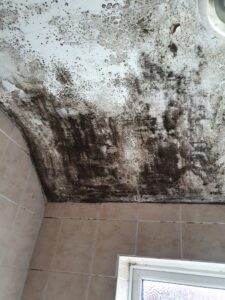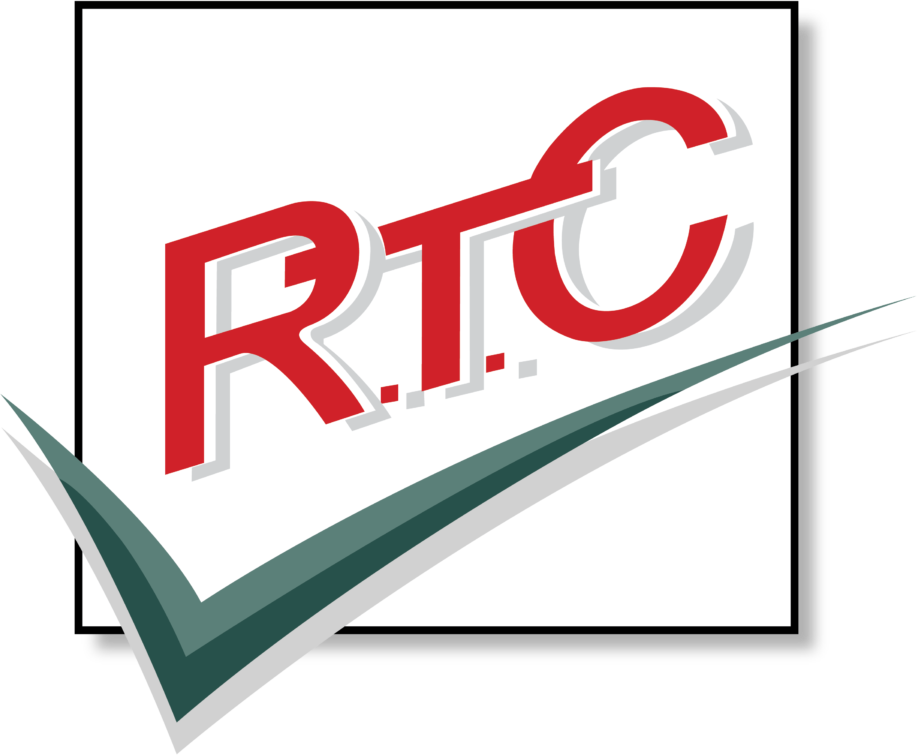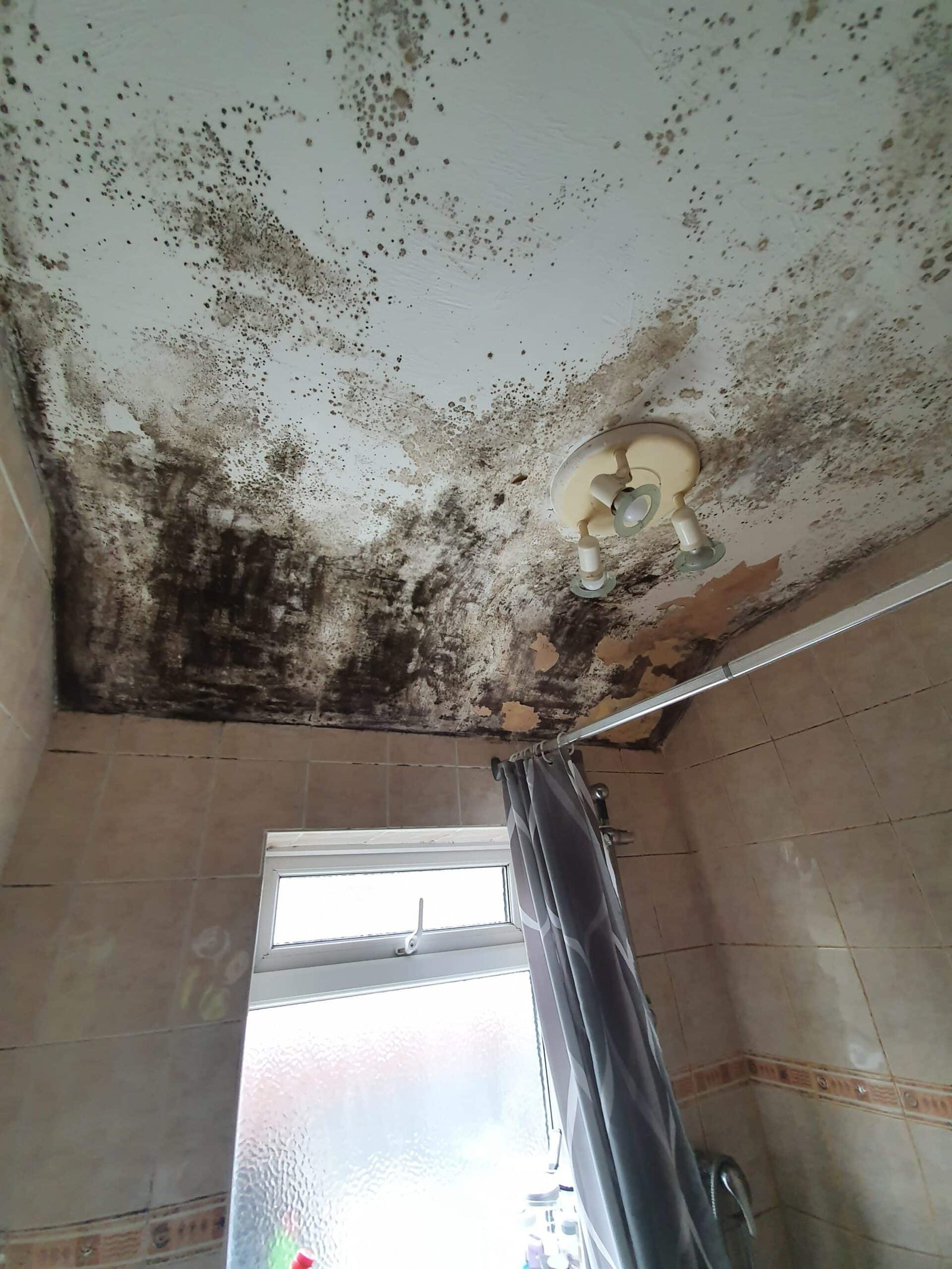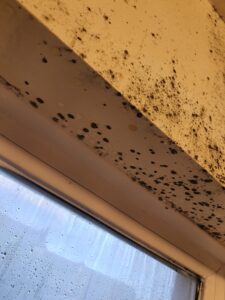The government has released some guidance on ‘understanding and addressing the health risks of damp and mould in the home’.
The guidance is a direct response to the coroners report in which 2-year-old Awaab Ishak, from Rochdale, died as a result of a severe respiratory condition from prolonged exposure to mould in his home.
It aims to ensure that social and private sector landlords thoroughly understand their legal responsibilities and the severe health risks that damp and mould, pose.
Within this report, the government recognise the high standards set by the Property Care Association (PCA) and its members, by emphasising the necessity for engaging a suitable, competent and qualified tradesperson such as a Certificated Surveyor in Remedial Treatments (CSRT) and Certificated Surveyor of Timber & Dampness in Buildings (CSTDB) as well as using a company that is TrustMark approved.
RTC hold all of these professional qualifications and accredtations.
To summarise the guidance provided:
Health risks of damp and mould
Damp and mould primarily affect the airways and lungs, but they can also affect the eyes and skin. The respiratory effects of damp and mould can cause serious illness and, in the most severe cases, death. The tragic death of Awaab Ishak was the result of a severe respiratory condition due to prolonged exposure to mould in a home with inadequate ventilation.
The presence of damp and mould can also affect tenants’ mental health. This could be due to worries about the health impacts, unpleasant living conditions, and destruction of property and belongings, among other concerns. 
Everyone is vulnerable to the health impacts, but people with certain health conditions, children and older adults are at greater risk of more severe health impacts.
Regulation on damp and mould in social and private rented properties
Private and social landlords must adhere to a number of regulations. A lack of compliance can place a landlord at risk of prosecution or financial penalties. The legislation and standards are sometimes different for social and private rented landlords, but include:
- Housing Act 2004
- Environmental Protection Act 1990
- Homes (Fitness for Human Habitation) Act 2018
- Landlord and Tenant Act 1985
- Decent Homes Standard
- Minimum Level of Energy Efficiency standard
Works to the heating and ventilation systems and replacement of windows are all controlled work. When undertaking controlled work, landlords must comply with the Building Regulations 2010.
Responding to reports of damp and mould
When responding to reports, landlords should:
- respond sensitively and assess the issue with urgency to identify the severity and potential risks to tenants
- always tackle the underlying issue promptly, and act with urgency when concerns have been raised about tenant health. Landlords should not delay action to await medical evidence or opinion – medical evidence is not a requirement for action
- ensure tenants are informed about the steps that will be taken to remove mould and address any underlying issues and the timeframes for the work
- prior to the removal of the mould, photograph and document the location of the mould, to help identify the source
- remove the mould, to address the health risk to tenants, using a qualified professional when appropriate
- identify and tackle the underlying causes of damp and mould, including building deficiencies, inadequate ventilation and condensation. Simply removing surface mould will not prevent the damp and mould from reappearing
- inspect the home at least 6 weeks after remedial work has been carried out, to ensure that the issue has been fixed and damp and mould have not reappeared. If this has reappeared, further investigation and intervention should be pursued

Taking a proactive approach to reduce the risk of damp and mould
Landlords – irrespective of whether they own one or multiple homes – should adopt a proactive approach to the identification and tackling of damp and mould.
This should include:
- having clear processes in place to document, manage and act on reports of damp and mould and to identify common issues and trends in their housing stock
- understanding the condition of their homes and using this to adopt a preventative approach to dealing with damp and mould, making the necessary interventions to ventilation, energy efficiency and building deficiencies before damp and mould occur
- understanding that some homes are more difficult to heat, either due to their energy efficiency or cost of living pressures, and that this can make damp and mould more likely to occur. Landlords should consider what support they can provide or signpost tenants to
- supporting tenants to understand what they can do to reduce damp and mould, where applicable and appropriate. This must never be a substitute for addressing the underlying causes of damp and mould
- building relationships with health and social care and other frontline professionals supporting tenants to ensure that every opportunity to identify tenants living in homes with damp and mould is utilised, ‘making every contact count’
- ensuring staff and any external contractors are aware of the significant health risks associated with damp and mould, the need to address the underlying causes of the issue and not just remove visible mould, are aware of any processes associated with reporting and addressing damp and mould, and understand the importance of being sensitive to tenants’ circumstances and vulnerabilities
- building relationships with tenants, ensuring that tenants feel encouraged to report an issue
Through the Renters (Reform) Bill and Social Housing Regulation Act, legislative changes will improve housing standards. The government will:
- Introduce ‘Awaab’s Law’ to set out new requirements for landlords to address hazards in social homes. Following a consultation, they will bring these into force as soon as Parliamentary time allows
- Provide new powers for the Housing Ombudsman and change the law so that social housing residents can complain directly to the Ombudsman
- Review the Decent Homes Standard and apply it to private rented homes for the first time
- Introduce new professionalisation standards that will require senior housing staff to hold, or work towards, recognised housing management qualifications
- Introduce the new private rented property portal and give all private tenants access to an ombudsman if their landlord fails to resolve legitimate complaints
To view the government guidance in full, you can click below:
Understanding and addressing the health risks of damp and mould in the home – GOV.UK (www.gov.uk)


